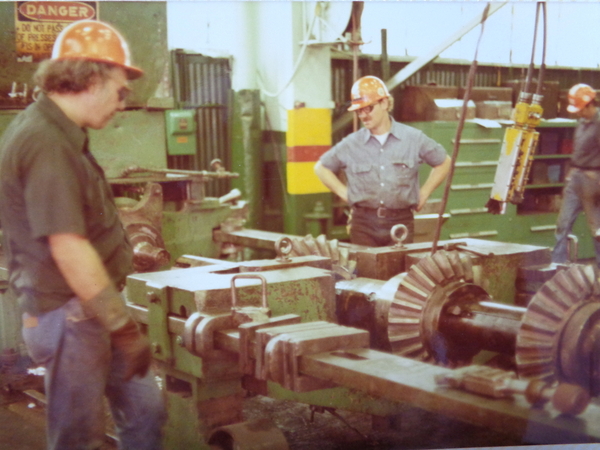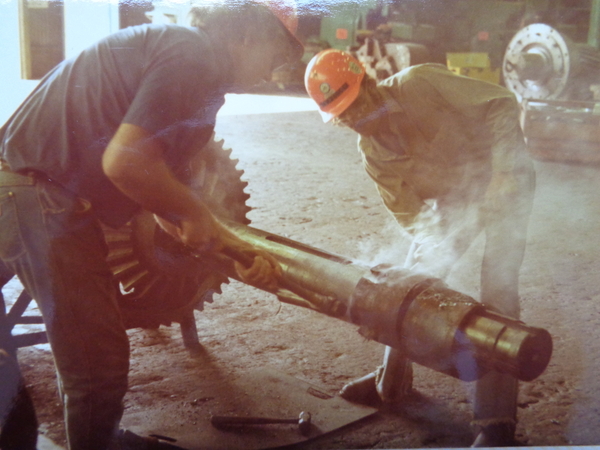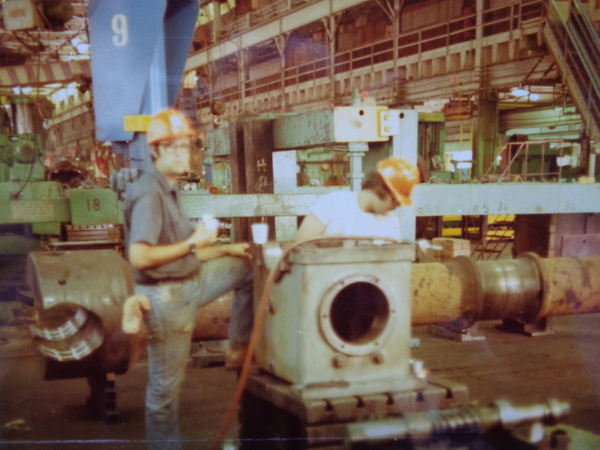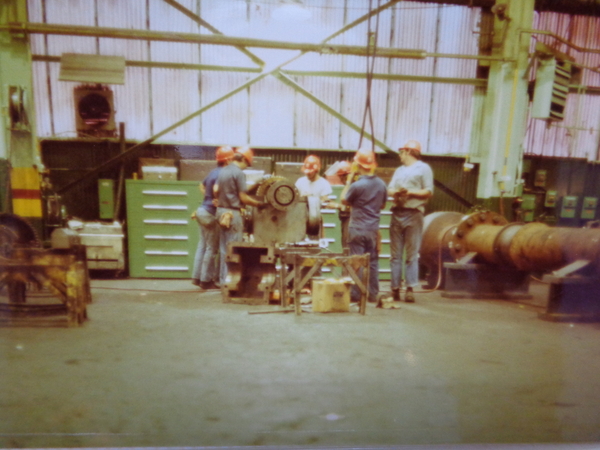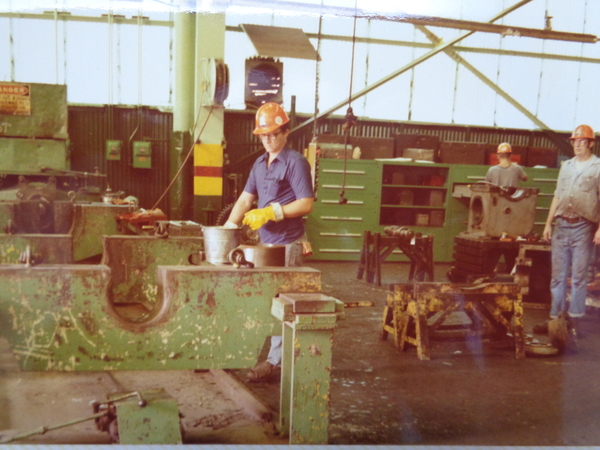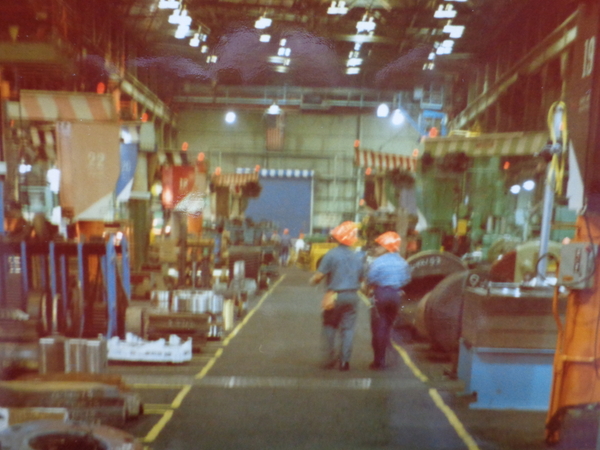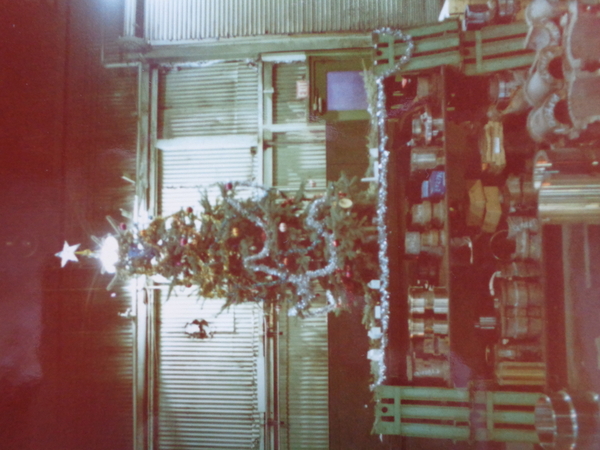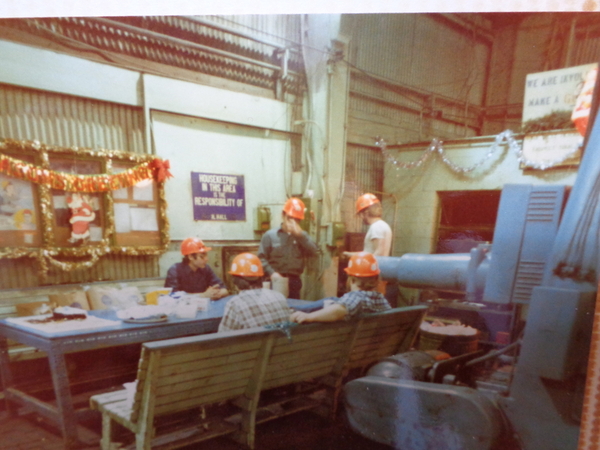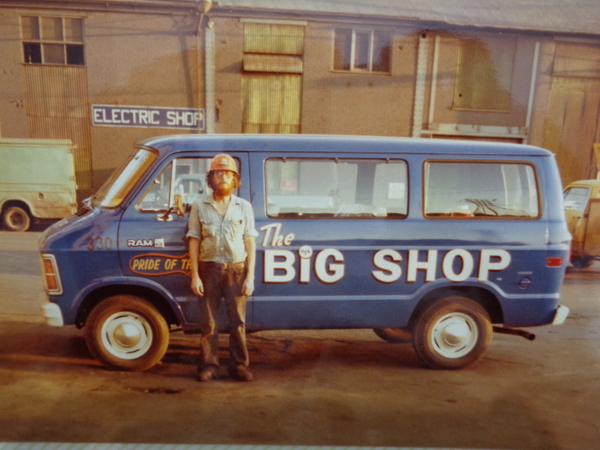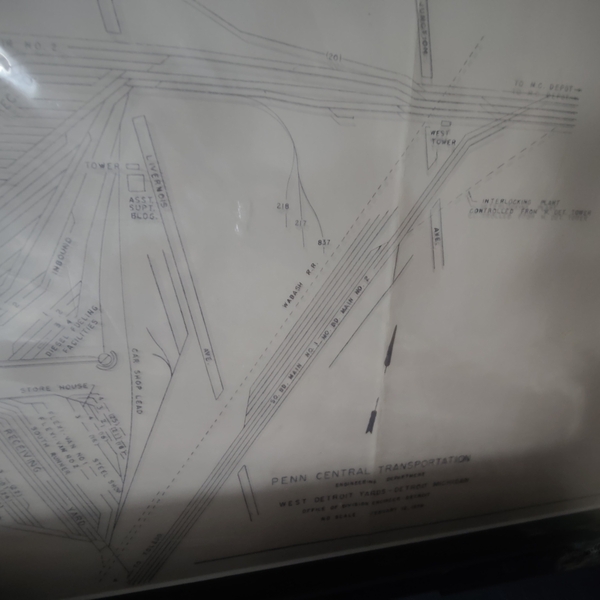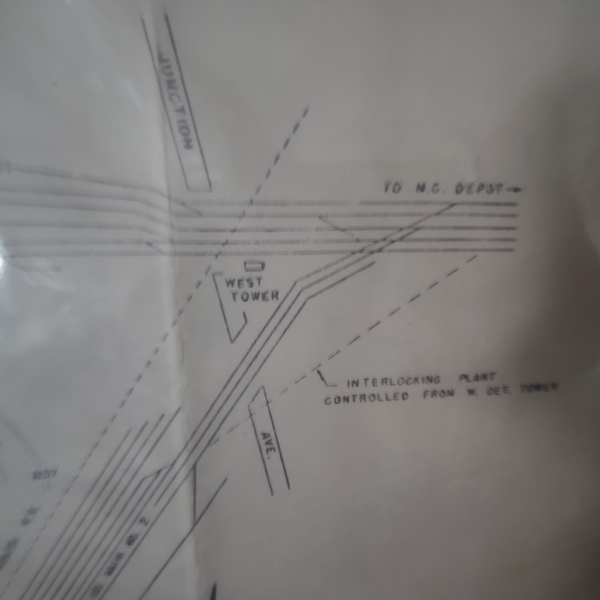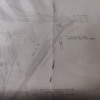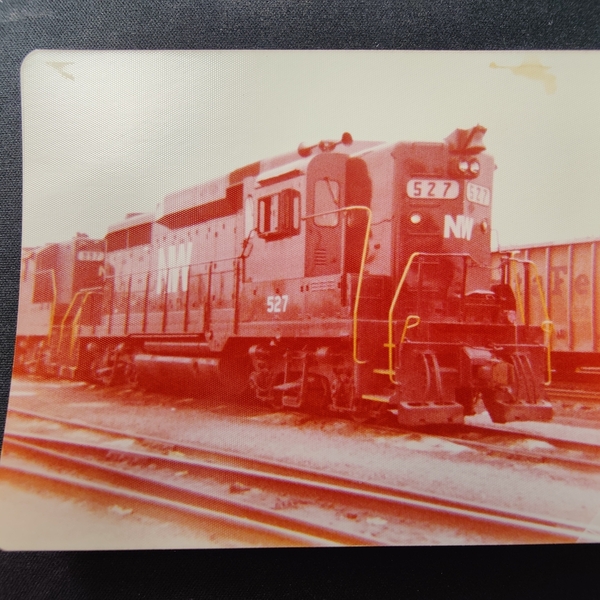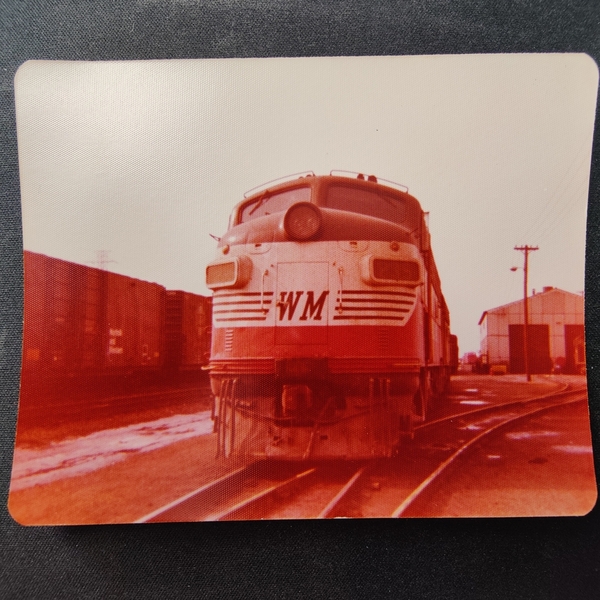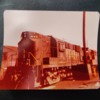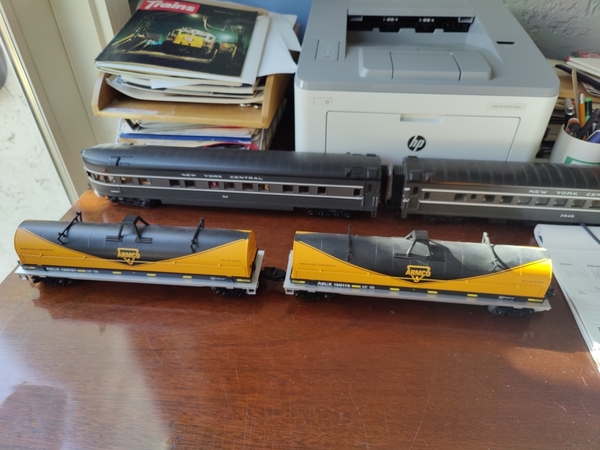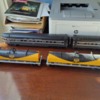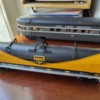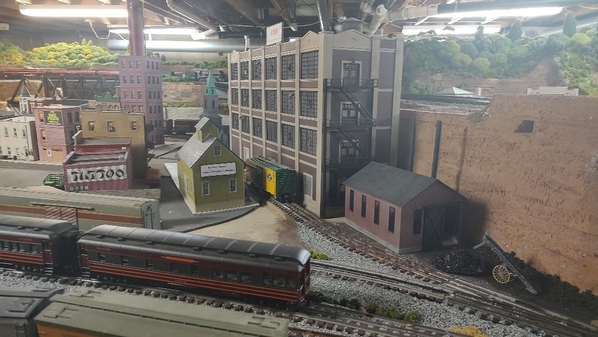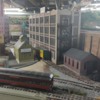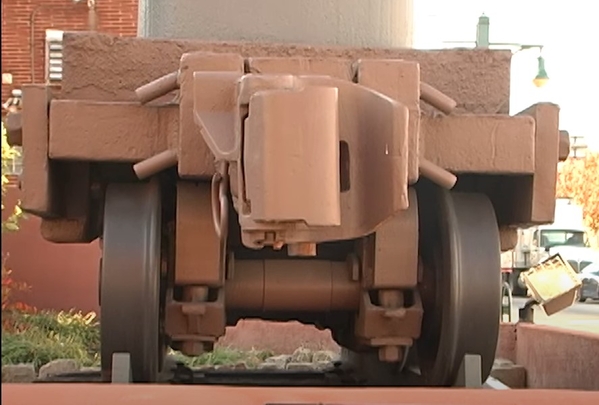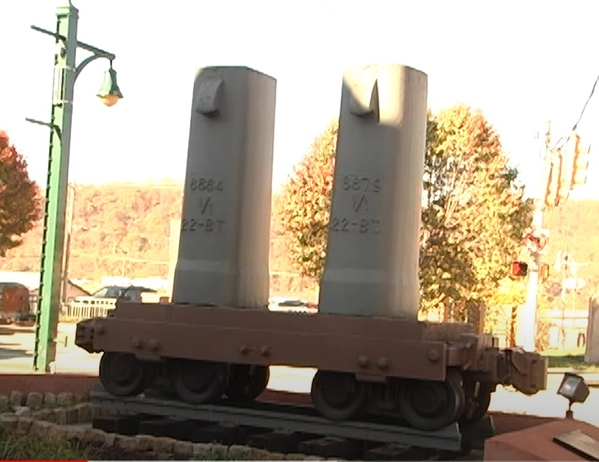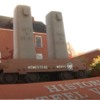Good Evening Everyone,
Here are my memories/experiences from a different perspective of the Rust Belt era.
After my USAF service was over in 1971, I worked undercover for the Pinkerton Agency(got the job due to my Top Secret clearance from the USAF). Didn't really enjoy that line of work, so in Jan 1973, I hired on at the US Steel Homestead Works as a laborer in No 1 machine shop, more commonly/widely known as "The Big Shop". When I started work, there were still 10,000 employees at the Homestead Works. We were part of Central Maintenance and did a lot of the heavy repair/overhaul/machining for all of US Steel's plants up & down the Mon River valley. There were also 2 additional machine shops inside our plant, No 2 and No 3. Those shops did production/contract work for outside firms including the US Navy. After a year, I applied for and received a spot in the machinist apprenticeship program. In theory, we would have 1-2 weeks of classroom and then 6-7 weeks in the shop working in an area that we had just studied. That went out the window after about 6 months. Finally in 1979 after 5 years and 8,500 hours of classroom, testing, and ojt, I was awarded my Journeyman Certificate which carried me for the rest of my working career
The experience working there was incredible. We not only worked in our shop, but also worked "in the field" meaning we worked on the site where there was a problem/repair or overhaul needed. When your shift started, the first thing you did was to look at the lineup board to see what/where you were working on that day.(that was one of the best things as part of Central Maintenance-we never did the same thing day after day) I will never forget the first time I went into the field to OH5(open hearth furnace #5). After signing in to the foremans office and getting our locks/tags we went into the main arena. As a rookie(you had a white reflective tape on your helmet so everyone knew) you were under the guidance of an old timer from your shop to keep you out of trouble. Once in the main floor area, I was TERRIFIED-everything was moving and it was LOUD. The overhead crane was carrying a ladle of molten steel, a furnace was being tapped and the molten steel was running through a channel dug in the ground then over a cliff into a waiting ladle, giant Euclid dump trucks were hauling slag away, diesels were pulling slag cars away and the whole time bells, sirens, and whistles were going off. This was just one of many experiences -I could go on for hours.
I wish I would have been able to take photos of many of the areas that I worked in, including my shop. However during that time frame, photography was strictly forbidden except for company photographers. Getting caught with a camera meant being fired-even our union couldn't help(and our union was one of the most radical/progressive in the country-Local 1397). However on the 3-11 shift or 11-7 shift, there weren't as many bigwigs or stoolies around. So here are a few photos I managed to take in the mid 70's without getting fired. I TOOK ALL THE PHOTOS. I was in the last machinist class at Homestead to receive Journeyman papers and I'll be 77 next month and sadly most of my co-workers/buddies in these photos are passed away. Couple photos show using a 300 ton horizontal press to press bevel gears in place on a lineshaft. Another photo shows my buddies Howard and Rich burning an inner bearing race from a lineshaft. A few other photos show our little Xmas party at work. I'm standing in front of the shop van in one photo and my buddies Howard and Rich are in the other photo. Sorry for being so long winded and hope you enjoy the photos.

